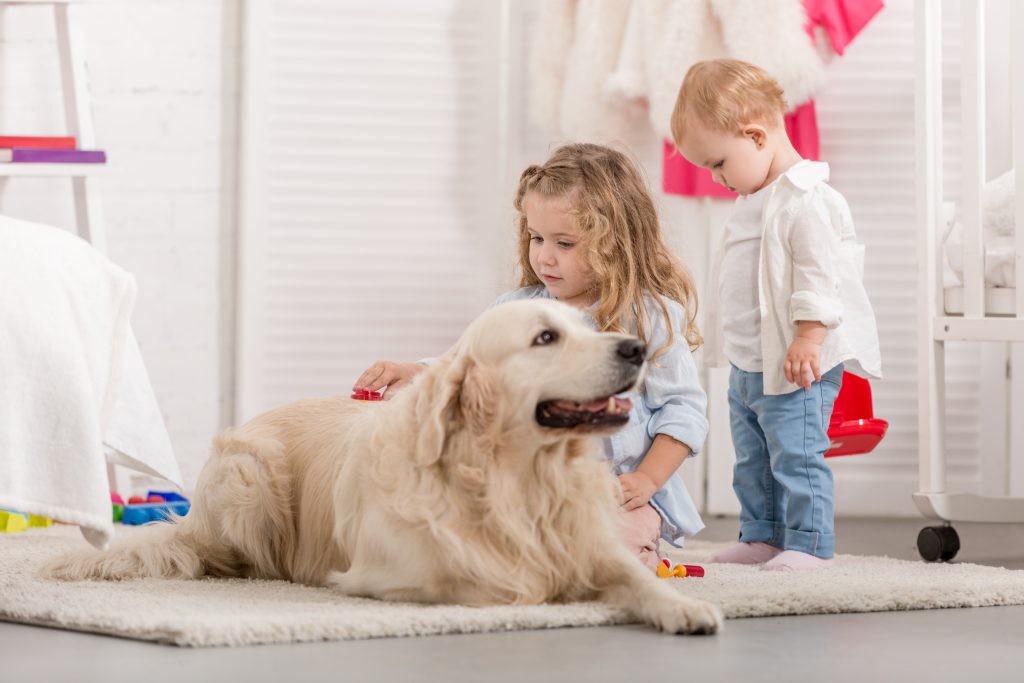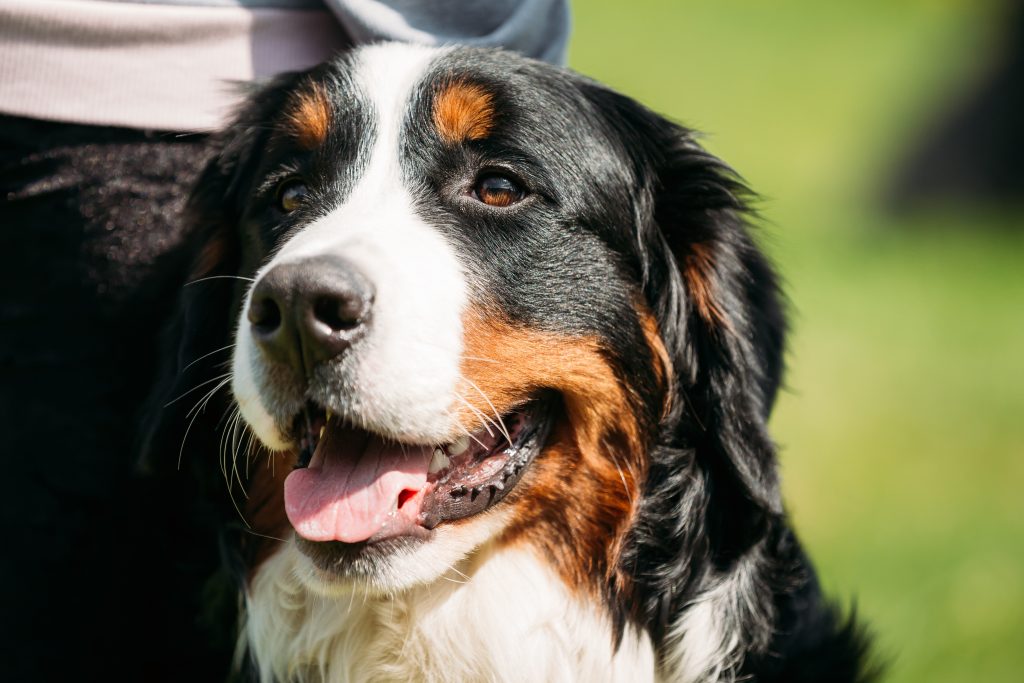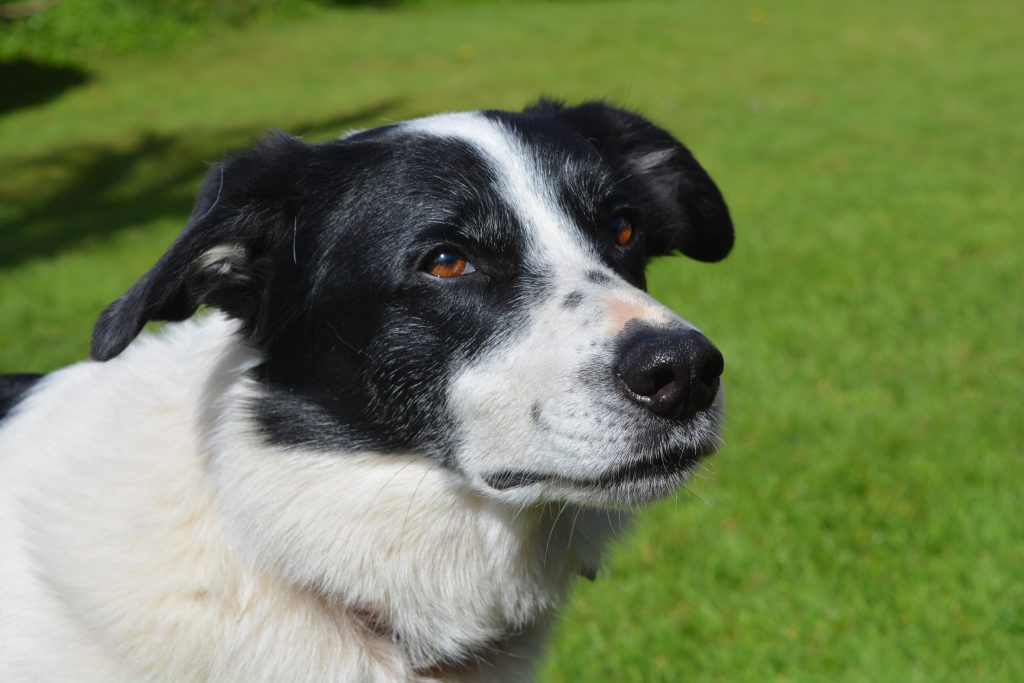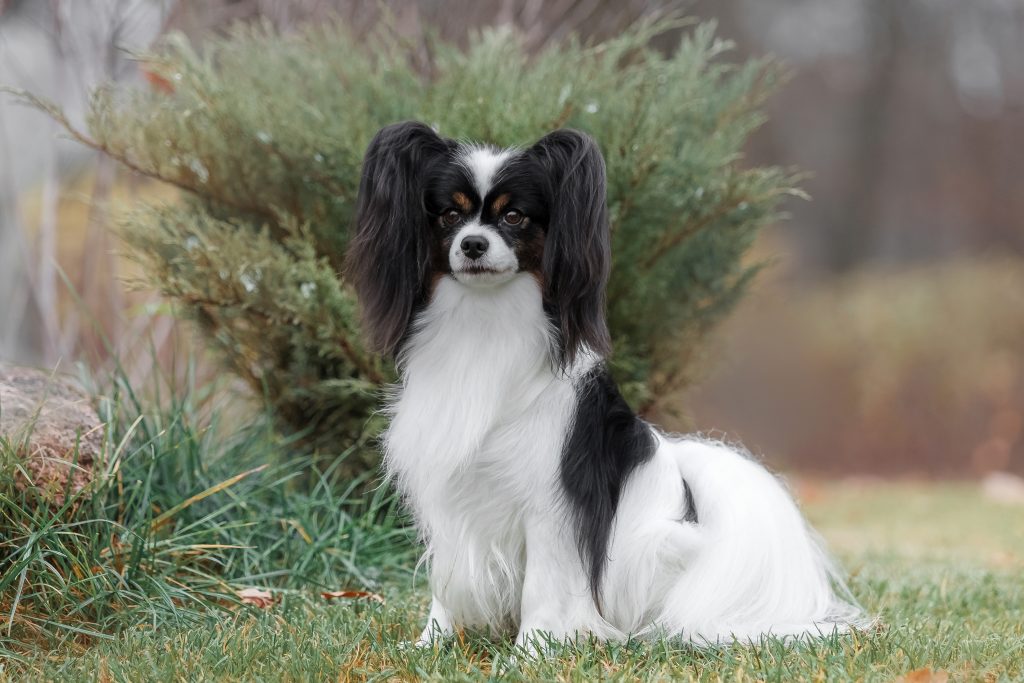Top 5 Easiest Dog Breeds to Train: Perfect for First-Time Owners

As a first-time dog owner, choosing the right breed is crucial to ensure a positive experience for both you and your new furry friend. While individual personality and experiences can impact a dog’s trainability, some breeds are generally easier to train than others. In this article, we will highlight the top five easiest dog breeds to train, perfect for first-time owners. From the friendly and adaptable Labrador Retriever to the gentle giant Bernese Mountain Dog, these breeds are known for their quick learning abilities and affinity for positive reinforcement training. Whether you’re looking for a high-energy Border Collie or a small and affectionate Papillon, choosing an easy-to-train breed can make all the difference in your pet parenting journey.
1. Labrador Retriever

As a first-time dog owner, it’s essential to choose a breed that is easy to train, adaptable, and has a friendly temperament. The Labrador Retriever is an excellent choice for pet parents who are new to dog ownership. These popular dogs are friendly and outgoing, making them ideal for families with young children.
Labradors are intelligent and eager to please, so basic training is a breeze. They respond well to positive reinforcement and consistency, making training sessions fun and rewarding. Their easy trainability means that first-time dog owners won’t have to worry about losing their patience with their furry companion.
One of the most appealing traits of a Labrador Retriever is their adaptability. They fit in well with an active lifestyle, but they’re also content to snuggle up on the couch with their owners. They make excellent emotional support and therapy dogs, as well as reliable working dogs.
There are some potential health concerns to be aware of, such as hip and elbow dysplasia, which can be expensive to treat. However, regular exercise is crucial to prevent obesity and reduce the risk of joint issues. Owners should engage their Labrador Retriever in daily exercise to promote a healthy lifestyle.
2. Golden Retriever

The second breed on our list of easiest dogs to train for first-time owners is the beloved Golden Retriever. These friendly and affectionate giants have a special eagerness to please their owners, making them a joy to train.
Golden Retrievers are quick learners and have a forgiving nature, meaning they won’t hold a grudge if you make a training mistake. Their motivation to learn new behaviors is impressive and they thrive on positive reinforcement techniques. With consistent and reward-based training, they can master basic obedience commands in no time.
Golden Retrievers have not only made their mark as wonderful family dogs, but they have also excelled in obedience competitions. Their intelligence and easy trainability have made them a popular choice for pet owners and professional trainers alike. Their ability to follow commands and perform impressive tricks has been showcased time and time again in competitions.
Their gentle temperament and reliability make them a sought-after breed for families with children or anyone looking for a loyal companion. With proper training, they can be trusted around kids and other pets without issue. It’s no wonder why they have earned their reputation as a popular family dog.
3. Bernese Mountain Dog

The Bernese Mountain Dog is a large and stunning breed that originated in the Swiss Alps. Originally bred for work as a farm and draft dog, they were also used for herding cattle, pulling carts, and as watchdogs. Despite their size, Bernese Mountain Dogs have a gentle and affectionate temperament and are known for their loyalty and devotion to their families.
When it comes to training, the Bernese Mountain Dog is a quick learner and generally responds well to positive reinforcement methods. Consistency and patience are important with this breed, as they can be sensitive to harsh training methods or raised voices. However, it is worth noting that while they are eager to please their owners, they can also be quite stubborn at times.
Bernese Mountain Dogs require plenty of exercise to keep them healthy and happy. Long walks, hikes, and playtime in a fenced yard are all great ways to provide your pup with the physical and mental stimulation they need. This breed also thrives in larger homes with plenty of space to move around and play.
When training a Bernese Mountain Dog, it’s important to keep sessions short and to always use positive reinforcement. Training should be fun and engaging for both you and your pup, with plenty of praise and encouragement given along the way. Consistency is also key, as it helps your dog learn faster and better retain what they’ve learned.
4. Border Collie

Border Collies are widely known as one of the most intelligent dog breeds, which makes them highly trainable. They have strong natural herding instincts, a trait that has been ingrained in them due to years of breeding for their working heritage. This instinct makes them great at following commands and learning new tricks, which makes them an excellent choice for first-time owners looking to train their new furry friend.
Border Collies have a strong instinct to herd and may pose a potential danger to small children in homes without proper training and boundaries. To prevent such incidents, early socialization is key to ensure that they understand the boundaries around young ones.
When it comes to training, Border Collies need to be kept busy. They require plenty of exercise and mental stimulation to prevent destructive behaviors. Long walks, running, or playing frisbee are great ways to keep them physically active, while various puzzles and games help keep their minds engaged.
Despite their intelligence, training a Border Collie can come with its challenges. These dogs are brilliant, and therefore, require regular stimulation and intellectual challenges. Without adequate mental stimulation, they can become bored, and their behavior can become destructive.
In addition, training a Border Collie requires a significant investment of time by the pet owner. Their natural intelligence can make it easy to teach them new commands and tricks, but they require consistent and persistent training for them to learn and maintain their obedience.
5. Papillon

Papillon breed, also known as the Continental Toy Spaniel, is one of the most popular toy size breeds and a great choice for first-time dog owners. These adorable dogs are easily recognizable for their butterfly-like ears and graceful gait. Despite their small size, Papillons are energetic and quick learners, making them a great choice for those seeking an active companion.
These dogs are highly intelligent and eager to please their owners, which makes them easy to train. They can learn a variety of tricks and excel in various dog sports, including agility, obedience trials, and flyball. Their agility and swiftness allow them to navigate obstacles and perform complex maneuvers with ease, ultimately proving that their small size does not limit their capabilities.
Apart from their active nature, Papillons are also affectionate and cuddly. They enjoy human company and love being petted and snuggled. Their cuddliness makes them an excellent choice as lap dogs and family companions.
Due to their sociable temperament, Papillons make great therapy dogs. They can easily pass therapy and basic obedience training courses, which makes them popular among hospitals, nursing homes, and schools. The Papillon’s small size, good manners, and friendly nature make them an ideal candidate for therapy work.
Conclusion
In conclusion, these top five easiest dog breeds to train – Papillons, Golden Retrievers, Bernese Mountain Dog, Labrador Retrievers, and Border Collie – are excellent choices for first-time owners. They have friendly personalities, are quick learners, and respond well to positive reinforcement and consistent training. However, it is essential to remember that each dog’s trainability may depend on its individual personality, life experiences, and relationship with its owner. It is crucial to choose a breed that fits the owner’s lifestyle and preferences to ensure a happy and fulfilling relationship for both the pet parent and the dog.
